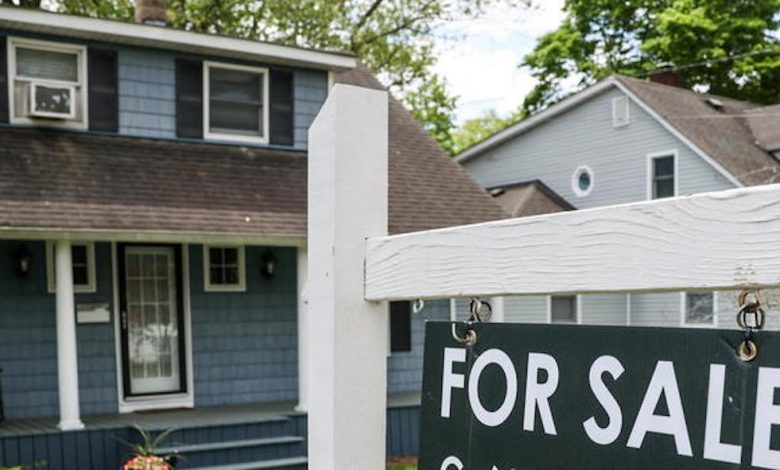Real estate markets cooling as mortgage rates hit record highs

Many Americans are finding it difficult to purchase a house as a result of rising inflation, skyrocketing mortgage rates, and record high prices. But there may be some relief on the way because rising interest rates have cooled down some of the most competitive housing markets in the country.
According to Freddie Mac, the current average interest rate on a 30-year fixed-rate mortgage is 6.92%. This is the most it has been since 2002, and it is more than twice as high as it was only one year ago. According to the National Association of Realtors, the affordability of housing has decreased by 29% in comparison to this time last year. The policy of the Federal Reserve to keep raising interest rates is another thing that is putting pressure on the real estate market.
According to the S&P CoreLogic Case-Shiller Index, house values have increased by 43% in the last two years across the country.
But as of right now, prices are going down in those places that had such enormous price increases.
“We have seen mortgage rates double in just this year. And in some markets, we are starting to see prices go down from those sky-high levels,” CBS News business analyst Jill Schlesinger said.
According to S&P, the markets that are seeing the greatest rate of cooling include Seattle, Las Vegas, San Jose, San Diego, Sacramento, and Denver. Chicago, Albany, and Milwaukee are still doing strong despite the challenges.
“A year ago, people were buying homes sight unseen, multiple offers,” Los Angeles real estate agent Craig Strong told CBS News. “It’s a good time to put an offer on a house at a lower number.”
According to Strong, buyers and sellers need to adjust to the ever-changing market, particularly during the seasonal downturn in house sales that occurs in the autumn.
“It’s just a changing market,” Strong said. “2008, that was a crash landing. But I feel it’s going to be a softer landing. It’s going to be over a period of time as people get adjusted to the new rates and the new purchase price.”




